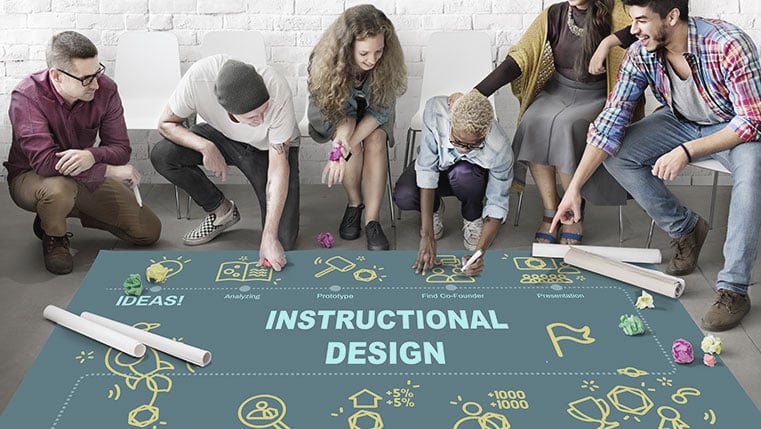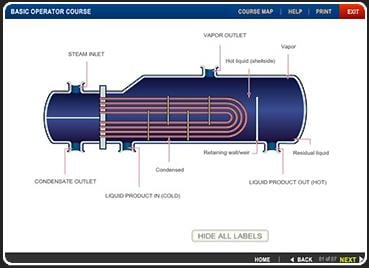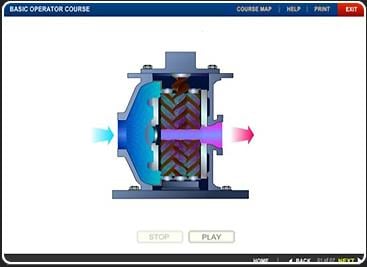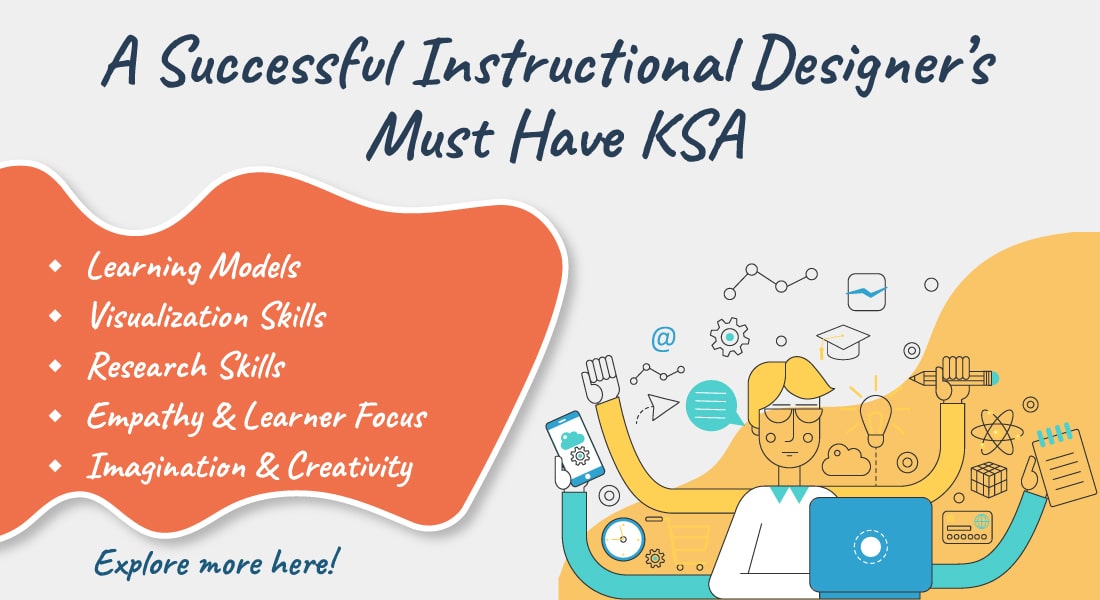E-learning Instructional Design for the Operator Training Course
This post discuss some instructional design strategies used to develop engaging and interesting courses for the learners.

In the past few decades, equipment operators were trained using classroom trainings, in which the instructor used to transfer his knowledge on how to operate the equipment, using visual images and training material to trainees.
In the current scenario, operator trainings are moving from classroom sessions to computer-based or eLearning sessions. However, the target audiences for the course are predominantly employees who are not tech savvy or highly educated.
Designing an eLearning course for such audience is quite challenging. We at CommLab India have developed operator training courses for such audience. Here I would like to share the instructional design strategies we used to develop such courses to make them interesting and engaging for the learners.
Target Audience for the Course:
Learners’ profile
Trainees, who have joined recently and have no knowledge about working with machines.
Demographics
- Learners’ age group is from 20 to 30 years
- Male
- High school background
Computer knowledge
Not computer savvy.
Learning environment
The course will be used in the classroom as a presentation and then the learners will access the course in labs.
Instructional Strategy
From the learning environment and the learners’ profile, we can identify three design problems. First there are about 74 machines that the learners should become familiar with. Second the learners are not so adept with English and third they are not very computer savvy.
To address these design problems, we decided to categorize the 74 machines based on some common characteristics and functions, so that the learners could easily recall the category to which a particular machine belonged. Also, we used simple English and minimized interactivity, thereby minimizing the use of mouse and keyboards by the learners. Real-life illustrations were used to give the learners a real feel, so that they would be able to recognize the machine parts when they operated the machines on the job.
The learning objectives that were set for this course are to differentiate among various machines, name and identify the different parts of the machine and explain about the internal functions of the machine. These are performance-based learning objectives and after this course, they will go on to the shop floor to rip the machine apart and see how they actually work.
Instructional strategy is broken down into three parts to involve the learners intellectually, emotionally and physically.
Intellectual participation is enhanced by performance-based learning objectives and reflection questions.
Emotional participation is enhanced by providing feedback for assessments, illustrations, sound effects and scoring for assessments.
Physical participation is kept at a minimum. At the most, learners had to only operate the play and pause buttons and label the parts because they are not tech savvy.

Audio and Video Strategy
As far as the audio strategy is concerned, we decided to use the male voice of an elderly person, may be 40 years or more, because this was the client’s requirement. We also decided to use sound effects similar to the sounds that the machines make when they are in operation. Visual strategy employed was use of photographs, 2D and 3D video animation with only the use of play, pause, replay, label and zoom buttons.

These are the strategies used in developing self-paced courses for learners whose English is rudimentary and who are not very computer savvy. Please do share your thoughts!





